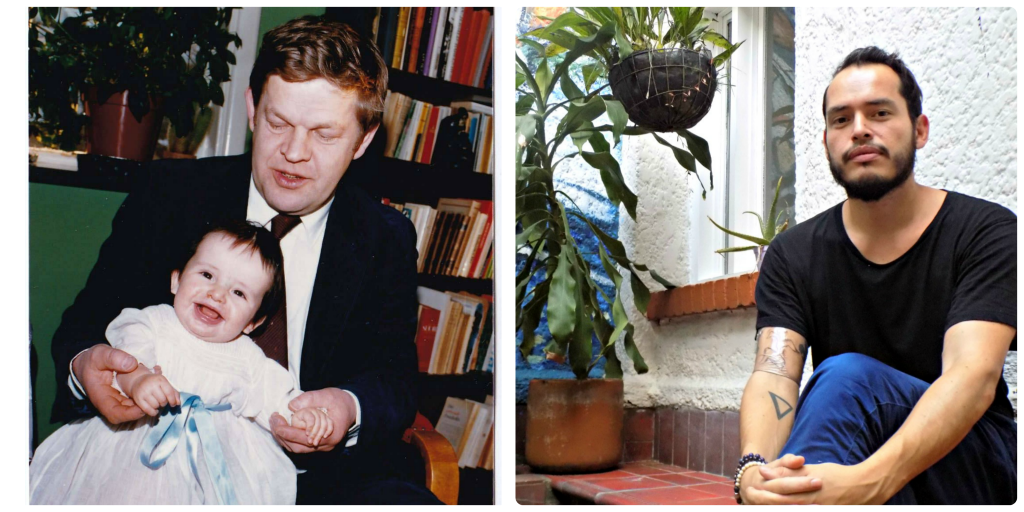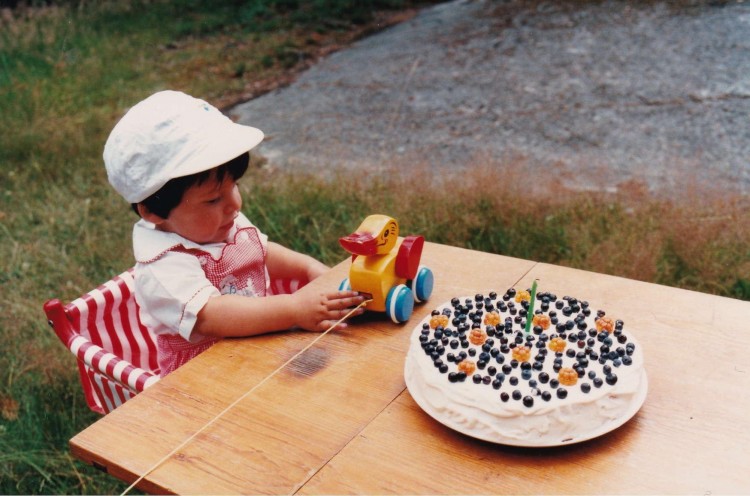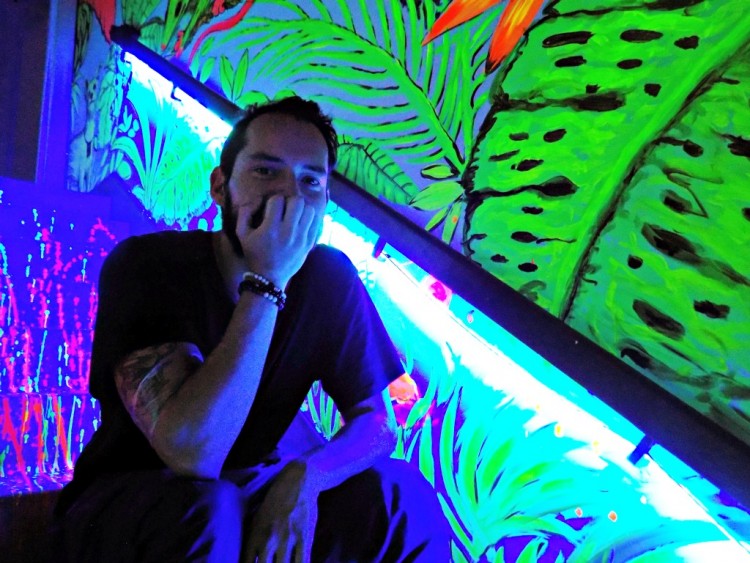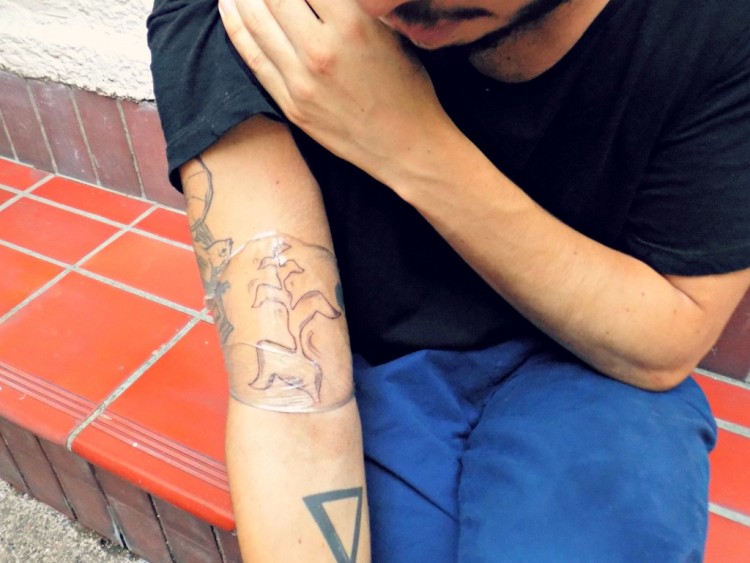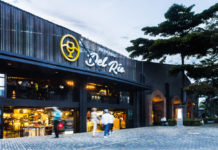“My full name is Martin David Thoran. I was born as David Mendoza”
David Mendoza was born in Bogotá, Colombia in 1985. He was given by his birth parents to Cran orphanage, which is more of an organization, than a simple orphanage, and adopted by Swedish parents that same year when he became Martin Thoran.
By five months old, he was already in Sweden with his adoptive family. He is now back in Colombia looking to reconnect with his roots and search through this diverse unknown country for something that felt like home; that he could identify with.
This is a story that is happening in real time, as Martin is discovering new facts about his past, his legal nationality and status, and his identity every day. Over the next few months, his entire understanding of Colombia and Latin America will be inevitably more rounded than it is today, but I found his journey to be an epic of self-understanding and mystery that we can all relate to on one level or another.
About Martin
Martin is 31 years old; he’s shy in front of the camera, so used to being on the other side, he studied business at Lund University in southern Sweden and was working at a bank before resigning to come on the blind adventure of discovery in the country he was born. He describes his childhood as happy and fortunate. He grew up close to his mother and sister.
When he speaks to me about his childhood and his latest travel he seems to be discovering the answers to my questions as I ask them. He describes his childhood as happy and fortunate with a sparkle or reminiscence in his eye. He fondly describes growing up close to his mother and sister.
The Swedish-Colombian Adoption Story
Martin’s mother came to Colombia to adopt him from the same orphanage/organization they had adopted his sister years prior, though she had different parents. Because they had already adopted before, the process was somewhat quicker. According to Martin’s mother, it took about a year from the moment the submitted paperwork until the notice of Martin’s birth came.
While during the first adoption the Swedish couple stayed in Bogotá for weeks, the second time around, Martin’s mother was in the city alone for only nine days, taking her son with her on December 18th, 1985.
However, it was not the last they heard of Cran or vice versa, they were involved in the small organization Friends of Cran, linking adoptees with the orphanage and other adoptees. Thanks to this organization, Martin has extensive information about his birth mother and her situation at the time of his birth.
Growing up in Sweden
When I sit down with Martin, it feels out-of-place, like when Colombians think I’m foreign when I walk with my partner and try speaking to me in English, something doesn’t quite fit. Who am I speaking to?
We’re both Colombian, but our identities are light-years apart. I look at his face, and it seems as if I should recognize him like he’s a long-lost relative, but I don’t find anything there.
“We always knew we were adopted. Our parents always told us, ‘you each have a mother in Colombia that loves you, you have other parents there, and you have us and we love you too’ so it was always something we knew.” Martin says.
However, the realization that you’ve been given up is not an easy one. Martin spent years with anger towards his birth mother, he says, until his sister became a mother herself. Only then, did he realize that giving up a child is extremely difficult and the fact that his mother did it for his good speaks of her selflessness and strength.
His newer, smaller and divided family, after his parent’s divorce, was enough for him to grow up happy, living with his mother and spending summers with his father.
The Return to Colombia
One of the biggest questions during this journey is, inevitably, where did David Mendoza end and Martin Thoran begin? Do they coexist? And the never-ending “nature vs. nurture,” is Martin Swedish, Colombian, or both?
Martin does not have Colombian nationality. When I first asked why he wasn’t entirely sure. He had assumed it was due to Swedish law. However, upon further research he realized that until 1991, double citizenship wasn’t legal in Colombia, so he gave up his nationality to be a Swedish citizen. If he wished, he could have his nationality back now, go knocking on a door saying “hey, remember me? Can I be Colombian again?”
Would he want it back, though?
“Maybe, maybe not. For identity purposes, of course. The idea has crossed my mind, but I’m not sure.”
Martin has followed the news of Colombia and its politics. However, he admits that he has no in-depth knowledge of political history, following and knowing Swedish history more. During his life, his family encouraged him to come back, to get to know his origins and he always knew he would, but, why now? He realized that he has no partner at this time, no further responsibilities other than himself, and later it may be too late.
Martin’s parents never lectured him about Colombia; they never sat him and his sister down to say “we’re going to talk about Colombia now,” but they’d answer questions happily if they ever had any. In Martin’s opinion, this is the way adoptive parents should behave, with complete clarity and sincerity of the adoption process and journey.
So far, Martin has been to Cartagena, Santa Marta, Palomino, Salento, Jardín, Medellín. He is taking a break for a small trip in Mexico and then coming back to Bogotá, and parts of Boyacá He’s been trying to learn Spanish during his trip and loves the expression “no dar papaya” (don’t give opportunity) and “¿Quién pidió pollo?” (Who ordered chicken?) used commonly in Colombia.
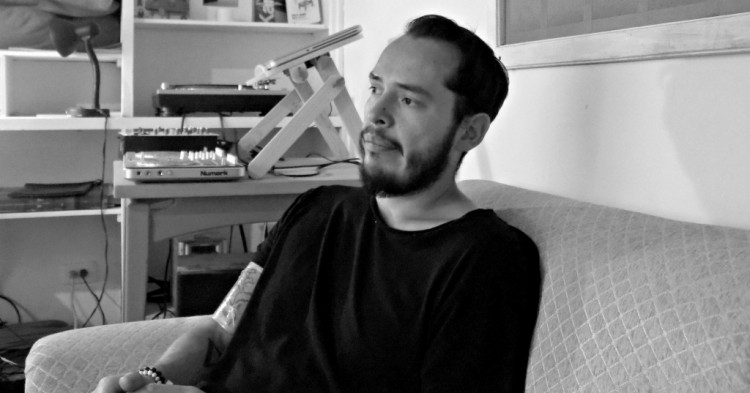
Expectations About Returning
Martin came here trying to not picture something, staying blank. Lots of his friends who backpacked through South America told him that Colombia had the best people, the nicest and most helpful.
He found that to be true, and was surprised by how developed the country is and by the fact that a lot of people don’t speak English, coming from a country where English is something you learn at a very young age, though he didn’t add any negative or positive connotation to that fact, just simple observation.
Imagining Martin’s experience, I can’t help but think that I’d be desperately looking up my birth parents, googling them endlessly, looking them up on Facebook.
However, he says that Cran has been insistent about using the appropriate channels to contact birth parents, they argue that otherwise, it could end in an unfortunate or disappointing manner. Their lives have been entirely separate and different, so it’s only respectful to approach them with caution
Their lives as adoptive children have been completely separate and different from their birth parents, so it’s only respectful to approach them with caution and not alone.
Martin’s Advice to adoptees returning to Colombia
“Ask yourself what is the most important thing for you. Is it to find your family or is it to learn the language? Or is it to see the country? What is the most importnat thing to do [here] for you? And from there begin, because it is such a big country, there’s so much to see, so much to do. It’s such a rich culture to dive into. Try to not limit your visit here for two weeks or a month, to be here for a longer extent of time to be able to peel the onion of the country, become friends with locals, through them you’ll be able to see the real country.”
Follow Martin’s Journey
Martin and I have become friends. He’s such a funny and lighthearted guy, and I’m interested in knowing more as he travels through the country and develops new thoughts and realizations about himself. He followed my advice to start a blog to get all these thoughts out there. In his blog, which he’s writing in English to reach a more international audience, he says:
“We are a lot of children out there that have been adopted from different parts of the world to other parts. And if I’m able to help one of them or you out, just for a little bit, at least I’ve accomplished something. But this blog is also about to be 30-something and still trying to figure out your place in the world.”
You can also follow him on Instagram to see his gorgeous photos of his travels around Colombia and comment on this post if you have any questions!

